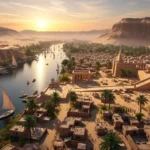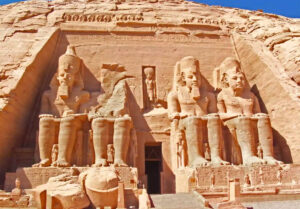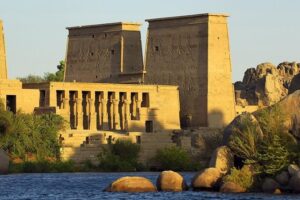The Middle Kingdom of Ancient Egypt
Ancient Egypt’s history is full of monumental pyramids and powerful pharaohs. But it also had periods of great unity and division. A new era began after the chaos of the First Intermediate Period. This was the Middle Kingdom (roughly 2055–1650 BCE). It is often called a “golden age.” There was stability, cultural growth, and royal power expanded. The Middle Kingdom created a strong base for the later New Kingdom’s empire. It left a lasting legacy of art, literature, and government practices.
The Reunification of Egypt and the Rise of Thebes
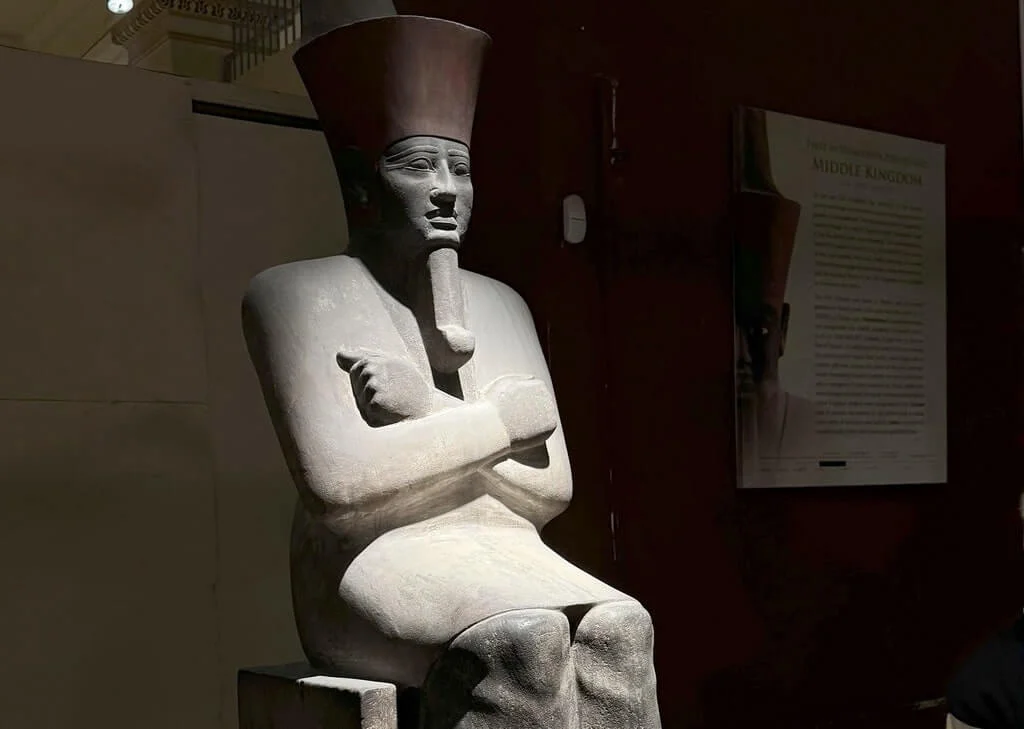
The Middle Kingdom started in Thebes. This city in Upper Egypt was growing in importance. A ruler named Mentuhotep II reunited Egypt around 2055 BCE. He ended over a century of civil war. This event began the Eleventh Dynasty and the Middle Kingdom.
The Eleventh Dynasty focused on strengthening royal power. They wanted to control all of Egypt again. Mentuhotep II and his successors led military campaigns. They stopped regional rebellions. They also reasserted control in Nubia, a region with a lot of gold. The rulers also built public works. They constructed new temples, especially around Thebes. The mortuary temple of Mentuhotep II at Deir el-Bahari is a good example. Its unique terraced design shows the period’s architectural skill.
The Twelfth Dynasty: A New Capital
The Middle Kingdom truly flourished however under the Twelfth Dynasty. This dynasty began around 1985 BCE when a vizier named Amenemhat I took the throne. He subsequently moved the capital from Thebes. Amenemhat I recognized the north’s strategic importance. Consequently, he founded a new city called Itjtawy, near the Fayoum oasis. This move showed his focus on the fertile Delta region. Furthermore, it placed the capital closer to vital trade routes and potential threats.
As a result, the Twelfth Dynasty brought great stability and prosperity. Its pharaohs were strong leaders who centralized power. Additionally, they reduced the influence of regional governors, called nomarchs. A well-organized bureaucracy ran the state. The king’s chief minister, the vizier, led this system. Therefore, they efficiently managed taxes, irrigation, and other key functions.
Economic Prosperity and Cultural Flourishing
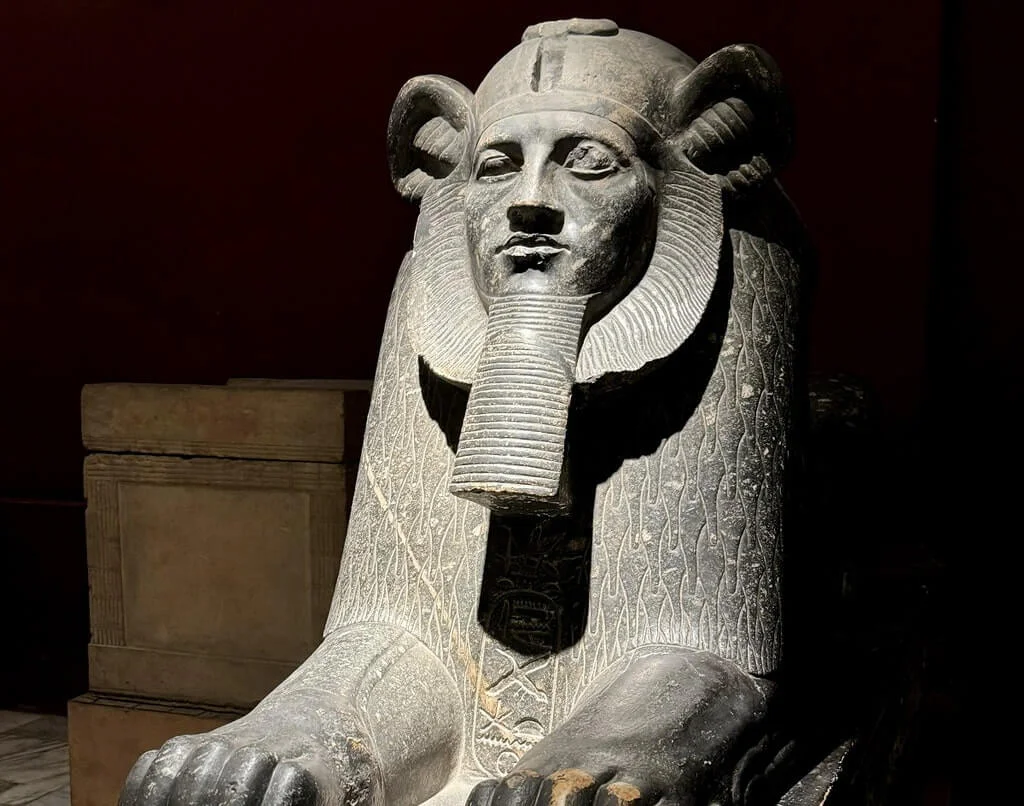
Economic prosperity was a key feature of the Middle Kingdom. The pharaohs actively promoted agriculture, investing in irrigation systems and expanding arable land, especially in the fertile Fayoum region. Trade flourished, with Egyptian merchants venturing into Nubia for gold, ivory, and other goods, and establishing contacts with the Levant for timber and copper.
Culturally, the Middle Kingdom is considered a classical period in Egyptian history. In literature, this era saw the emergence of new genres. While earlier periods produced primarily religious and administrative texts, the Middle Kingdom gave rise to didactic wisdom texts, narrative tales, and personal poetry. Works like the “Story of Sinuhe” are considered literary masterpieces that offer valuable insights into the values and social dynamics of the time.
Art during this period also underwent significant developments. While retaining the formal conventions of earlier eras, Middle Kingdom art often displayed a greater sense of realism and human emotion, particularly in royal portraiture. Statues of pharaohs like Senusret III and Amenemhat III often depict them with stern expressions, reflecting the responsibilities and challenges of leadership. The focus in construction shifted towards more durable stone, and tomb decoration became more detailed and narrative.
The Decline of the Middle Kingdom
The religious landscape of the Middle Kingdom saw the continued prominence of deities like Ra and Osiris. However, the Theban god Amun gradually rose in stature, eventually merging with Ra to form the supreme deity Amun-Ra. The Osirian funerary beliefs, which promised an afterlife to those who lived a righteous life, also gained wider popularity, extending beyond the royal elite.
The Middle Kingdom eventually began to decline, leading to the Second Intermediate Period around 1650 BCE. The reasons for this decline were complex, including the resurgence of regional officials’ power, a series of weaker rulers, and the increasing infiltration of Semitic-speaking groups from the Levant into the Delta. The arrival and eventual dominance of the Hyksos, foreign rulers who established their own dynasty in the Delta, marked the end of the Middle Kingdom and ushered in another period of division.
Despite its eventual collapse, the Middle Kingdom left an indelible mark on Egyptian history. It established a model of centralized government and administration that would be emulated in later periods. Its artistic and literary achievements served as a source of inspiration for subsequent generations, and its expansion of trade laid the groundwork for the New Kingdom’s imperial ambitions. The Middle Kingdom stands as a testament to the resilience and cultural dynamism of ancient Egyptian civilization.
Check Egypt weather and contact us for your Egypt trip.


